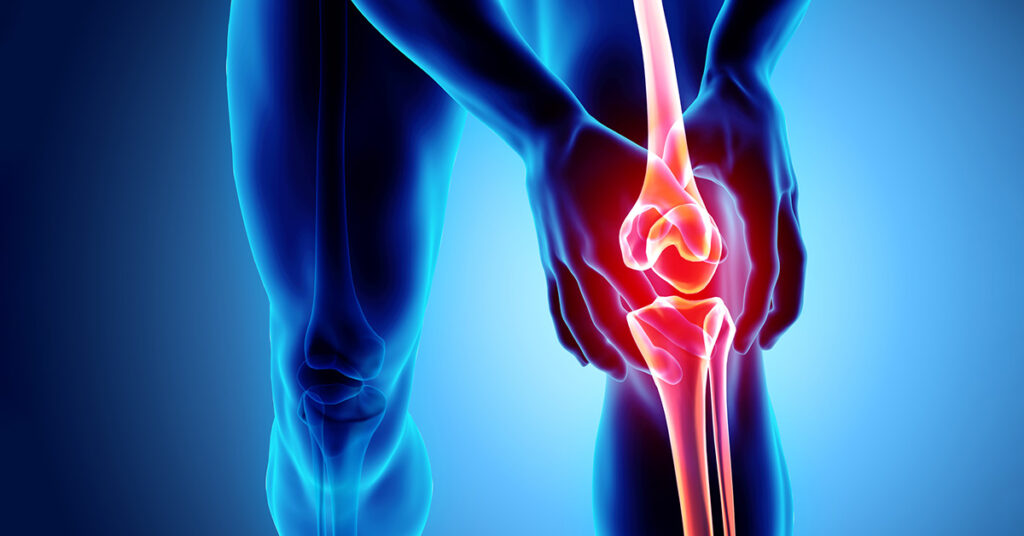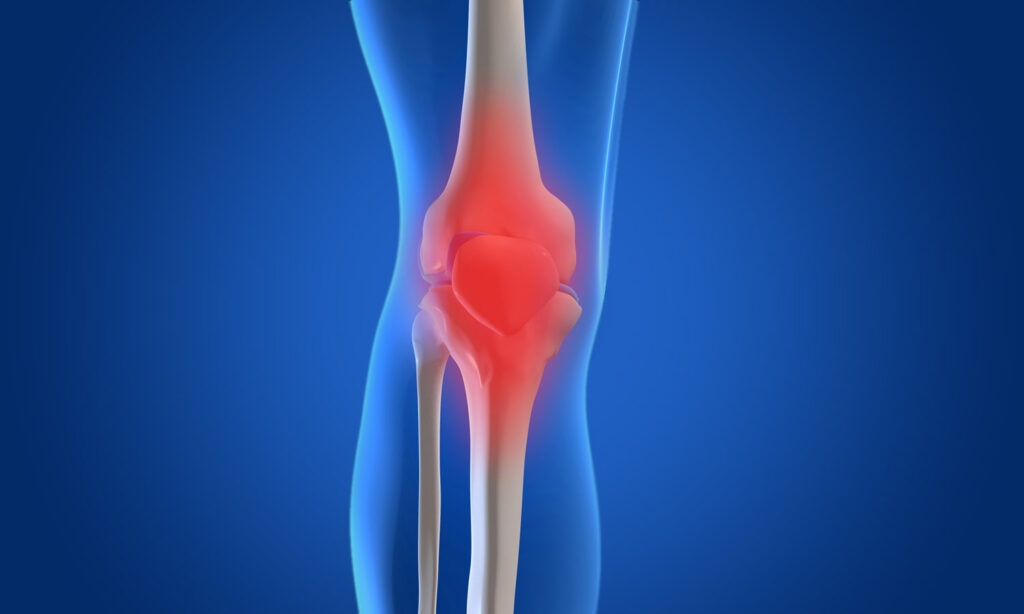Osteochondral Autograft Transfer System (OATS)

If you’ve been considering OATS surgery to repair a damaged joint, you’re probably wondering if it’s the right treatment for you. This comprehensive guide will give you all the information you need to make an informed decision. We’ll discuss what OATS surgery is, how it works, and the pros and cons of this treatment option. By the end of this post, you’ll know everything you need to make an informed decision about whether OATS surgery is right for you.

OATS surgery and its benefits
OATS surgery is a minimally invasive procedure used to treat damaged joints. The surgery involves taking a healthy piece of cartilage from another part of your body and transplanting it to the damaged area. OATS surgery can be performed on any joint in the body, but it is most commonly performed on the knee.
The benefits of OATS surgery include:
1. Minimally invasive
OATS surgery is a minimally invasive procedure, which means that it has a shorter recovery time and involves less pain and scarring than traditional joint replacement surgery.
2. Natural
Because the cartilage used in OATS surgery comes from your own body, it is a completely natural treatment option.
3. Effective
OATS surgery has been shown to be an effective treatment option for many people with damaged joints.
In one study, 98% of patients who underwent OATS surgery reported improvement in their symptoms.
The downside of OATS surgery is that it is a relatively new procedure, which means that there is less long-term data available.
Additionally, OATS surgery is not suitable for everyone – you will need to have healthy cartilage in another part of your body in order to be a candidate for this type of surgery.
If you're considering OATS surgery, talk to your doctor to see if it's the right treatment option for you.
How does Osteochondral Autologous Transfer Surgery work?
The Osteochondral Autologous Transfer Surgery (OATS) is a minimally invasive procedure used to treat damage to the cartilage in your joints.
This type of surgery is typically used to treat damage to the cartilage in the knee, but can also be used to treat other joints such as the hip, shoulder, and elbow.
During the surgery, a small piece of healthy cartilage is taken from another area of your body and transplanted to the damaged area. This helps to repair the damage and improve joint function.
OATS is a relatively new procedure and there is still some uncertainty about its long-term effectiveness. However, early studies suggest that it can be an effective treatment for cartilage damage.
If you are considering OATS, be sure to discuss the risks and benefits of the procedure with your doctor.
Recovery process after Osteochondral Autologous Transfer Surgery
Most patients undergoing osteochondral autologous transfer surgery (OATS) are able to return home the same day of their procedure.
Recovery times vary depending on the location of the injury and the extent of the damage. However, most patients can expect to be back to their regular activities within four to six weeks.
During the first few days following surgery, it is important to keep the surgical area clean and dry.
Your surgeon will likely prescribe pain medication and an antibiotic to help you through this initial period.
You will also need to use crutches or a knee scooter to keep weight off of your injured joint.
As you begin to heal, your surgeon will likely recommend physical therapy to help regain strength and range of motion in your joint.
Most patients are able to return to their regular activities, including sports, within four to six weeks. However, it may take up to a year for your joint to fully heal.
Cost of Osteochondral Autologous Transfer Surgery
The average cost of the osteochondral autologous transfer surgery is between $5,000 and $10,000.
However, the cost will vary depending on the surgeon’s fee, the hospital charges, and the region where the surgery is performed.
There are a few options available to finance the surgery. One option is to take out a loan. Another option is to use a credit card. And finally, some insurance companies may cover the cost of the surgery.
It is important to remember that the cost of the surgery is just one factor to consider when making the decision to have the procedure done.
The most important thing is to find a surgeon who is experienced and reputable. Also, be sure to ask about all of the risks and complications associated with the surgery before making your final decision.

Risks associated with Osteochondral Autologous Transfer Surgery
There are a few risks associated with this surgery, but they are relatively rare. They include:
– Infection:
The skin incision site may become infected. The risk of infection can be decreased by taking antibiotics before and after surgery.
– Bleeding:
There is a small risk of bleeding during the surgery.
– Blood clots:
There is a small risk of developing blood clots after the surgery.
This risk can be decreased by wearing compression stockings and taking blood thinners.
– Nerve damage:
There is a small risk of damaging nerves during the surgery.
– Joint stiffness:
Joint stiffness is a common side effect of this surgery. Physical therapy can help reduce joint stiffness.
– Pain:
Some patients may experience pain after the surgery. Pain medication can help relieve pain.
Overall, this surgery has a high success rate and the majority of patients are able to return to their previous level of activity after recovery.
Alternatives to Osteochondral Autologous Transfer Surgery
There are a few alternatives to osteochondral autologous transfer surgery, though they may not be suitable for all patients. Some potential options include:
– Cartilage transplantation
– Joint replacement surgery
– Arthrodesis (joint fusion surgery)
– Osteotomy (bone cutting surgery)
Each of these alternative surgical procedures come with their own risks and benefits, so it is important to discuss all options with a qualified orthopedic surgeon before making a decision.
In some cases, a combination of these surgeries may be recommended in order to achieve the best possible outcome.
Frequently Asked Questions
Osteochondral autologous transfer surgery (OATS) is a type of joint repair surgery used to treat damage to the cartilage and underlying bone in the knee.
The surgeon removes healthy cartilage and bone from another area of the patient’s body and transplants it to the damaged area.
OATS can provide significant pain relief and improve function in patients with damage to the cartilage in their knee.
In addition, OATS can delay or prevent the need for joint replacement surgery.
As with any surgery, there are some risks associated with OATS, including infection, bleeding, and blood clots.
There is also a risk that the transplanted cartilage and bone will not heal properly.
OATS may be recommended for patients who have damage to the cartilage in their knee and who have not responded well to non-surgical treatments, such as physical therapy or medications.
Your doctor will discuss all of your treatment options with you and help you decide if OATS is right for you.
After OATS, patients typically stay in the hospital for 1-2 days. You will likely need to use crutches or a walker for 4-6 weeks while your knee heals.
Physical therapy will be started soon after surgery to help you regain strength and motion in your knee.
Most patients can return to their normal activities within 3-6 months.
If you have any more questions about OATS, please speak with your doctor.
3 Ways to Level Up Your Rehab and Injury Prevention With Us





